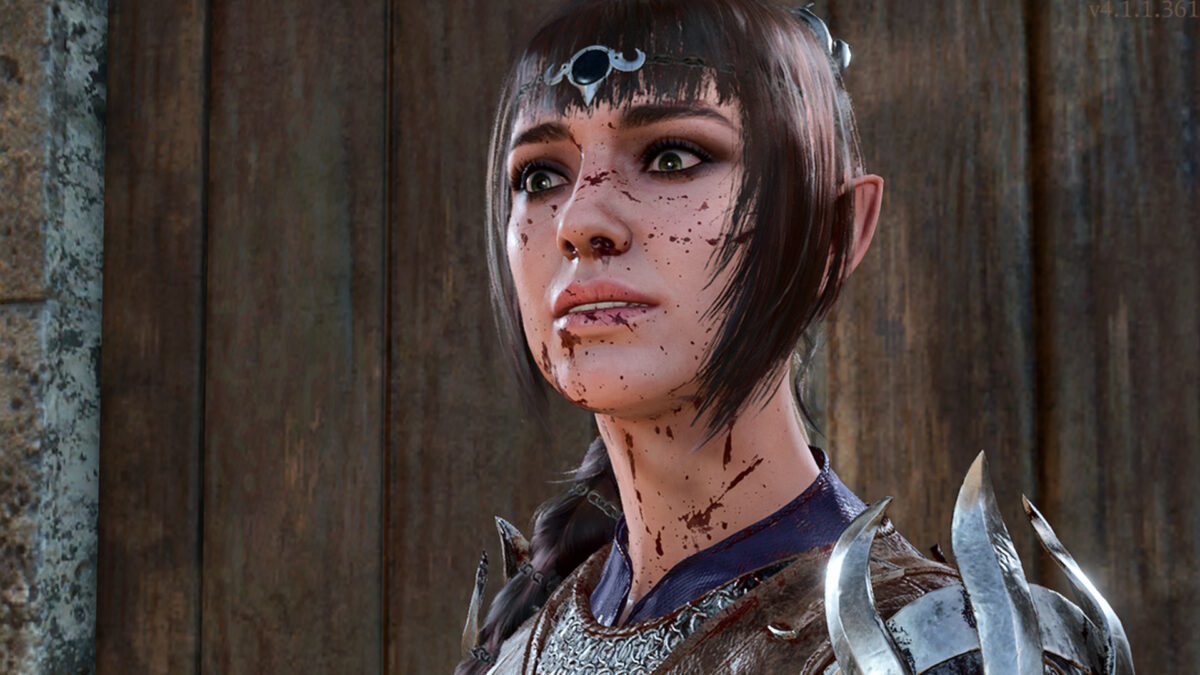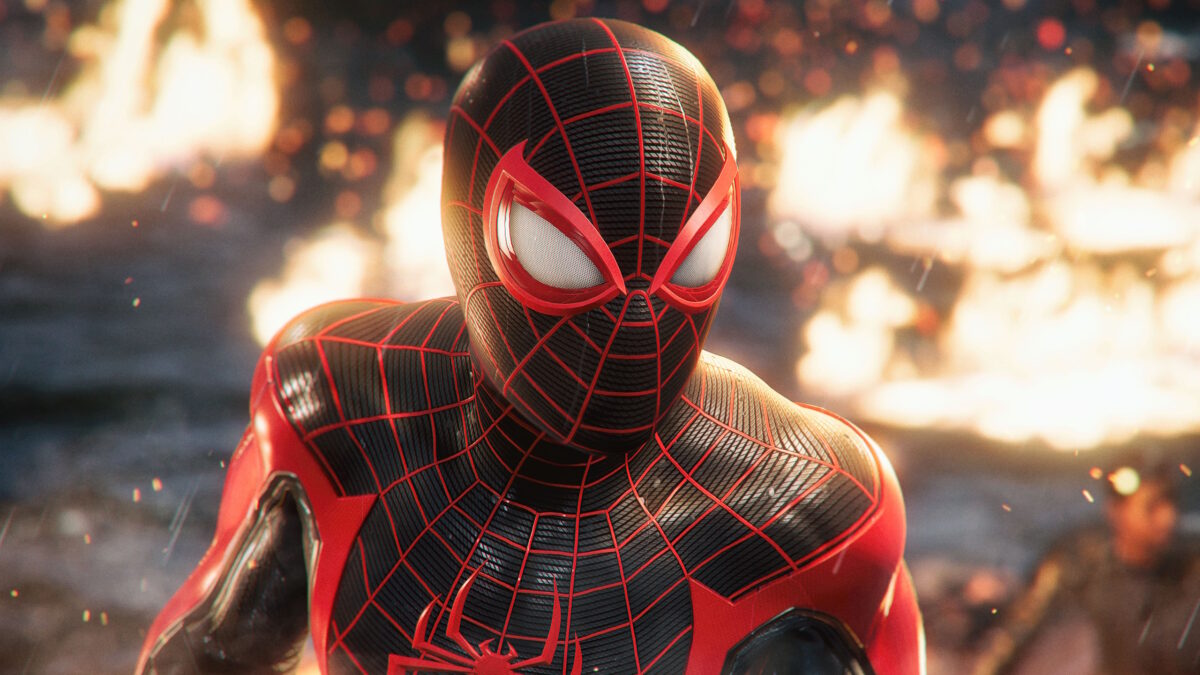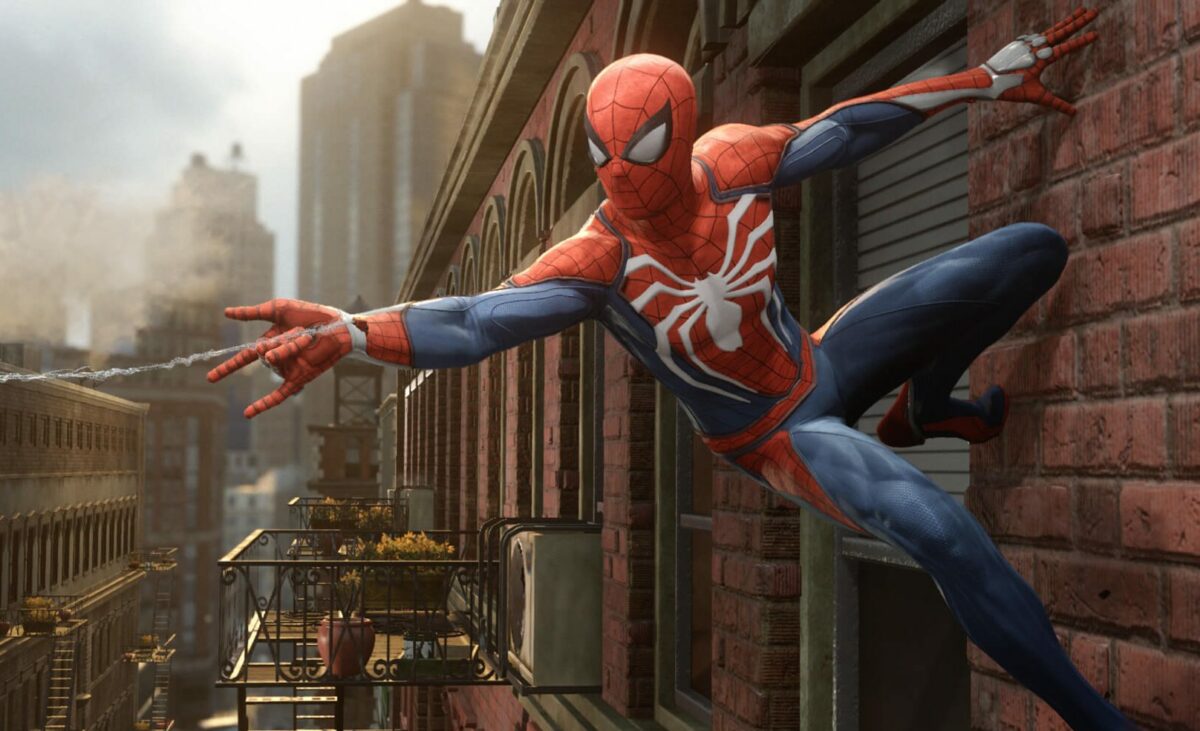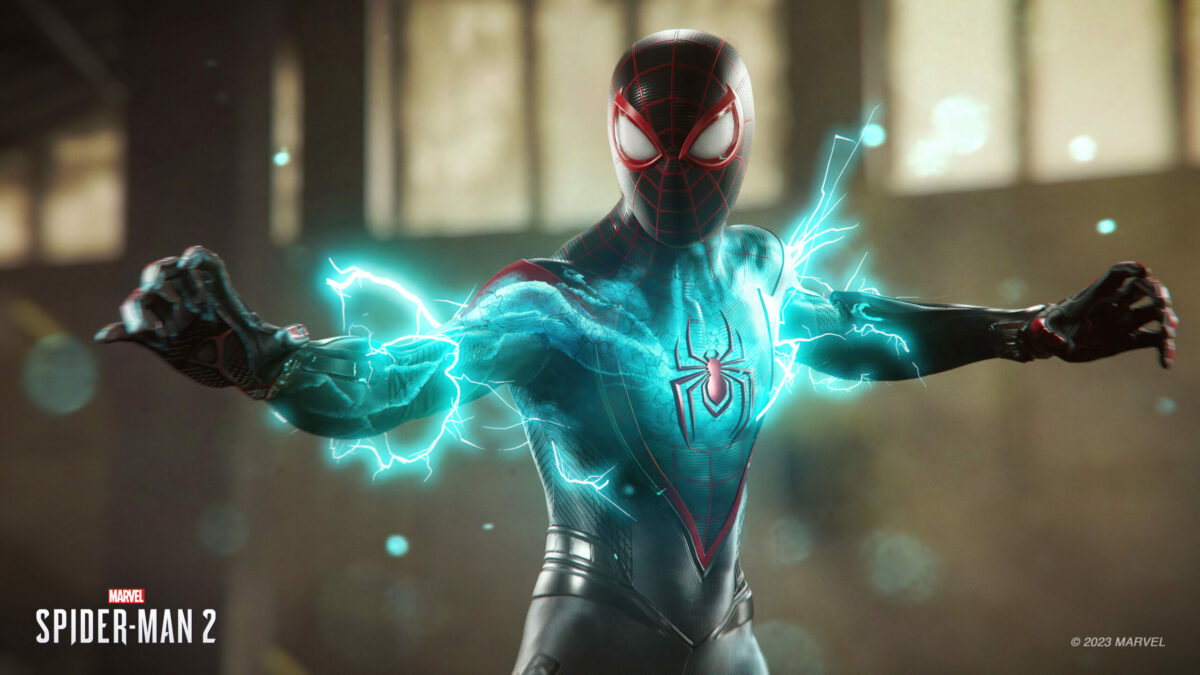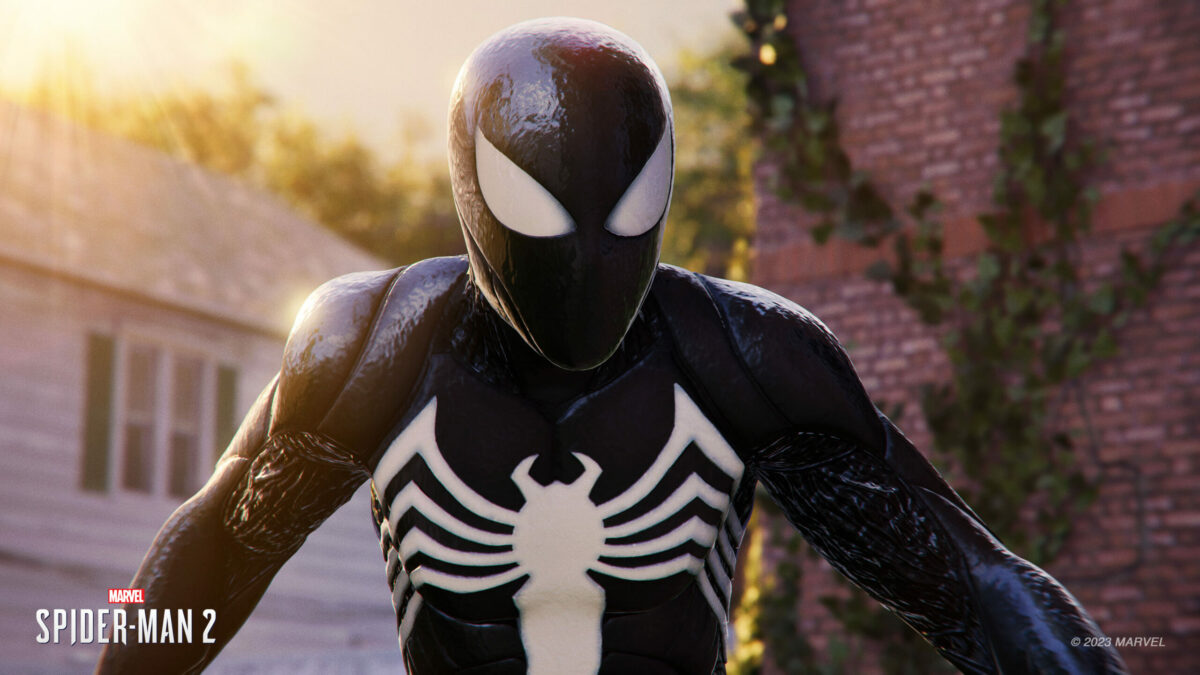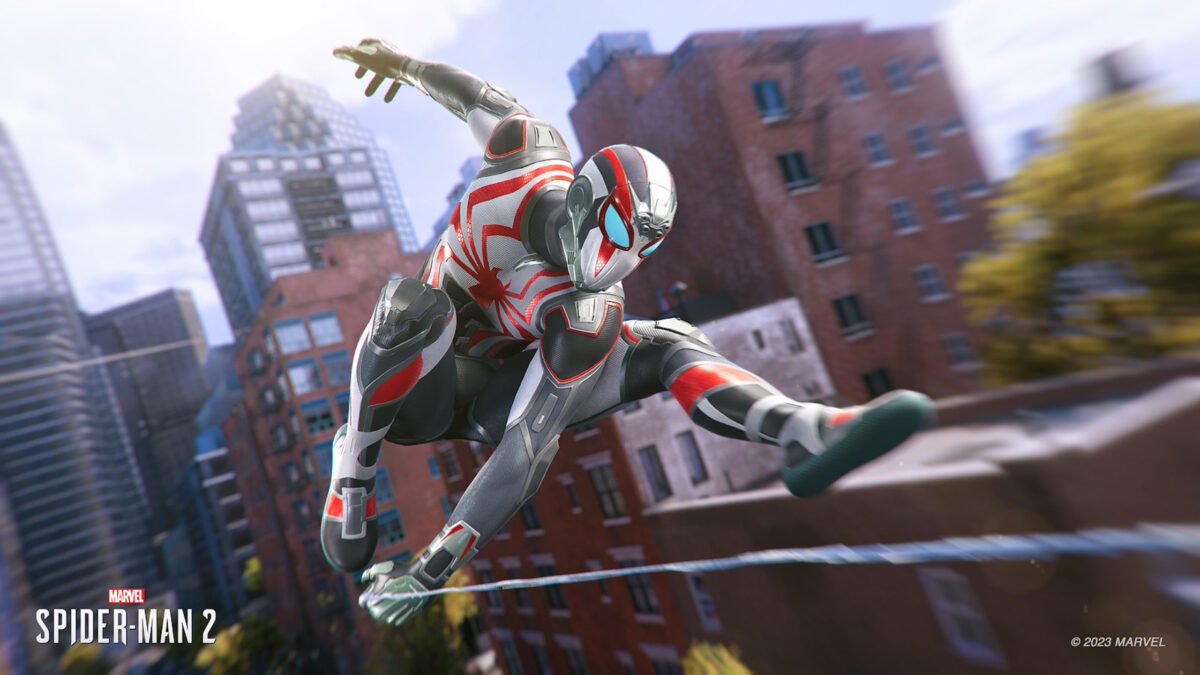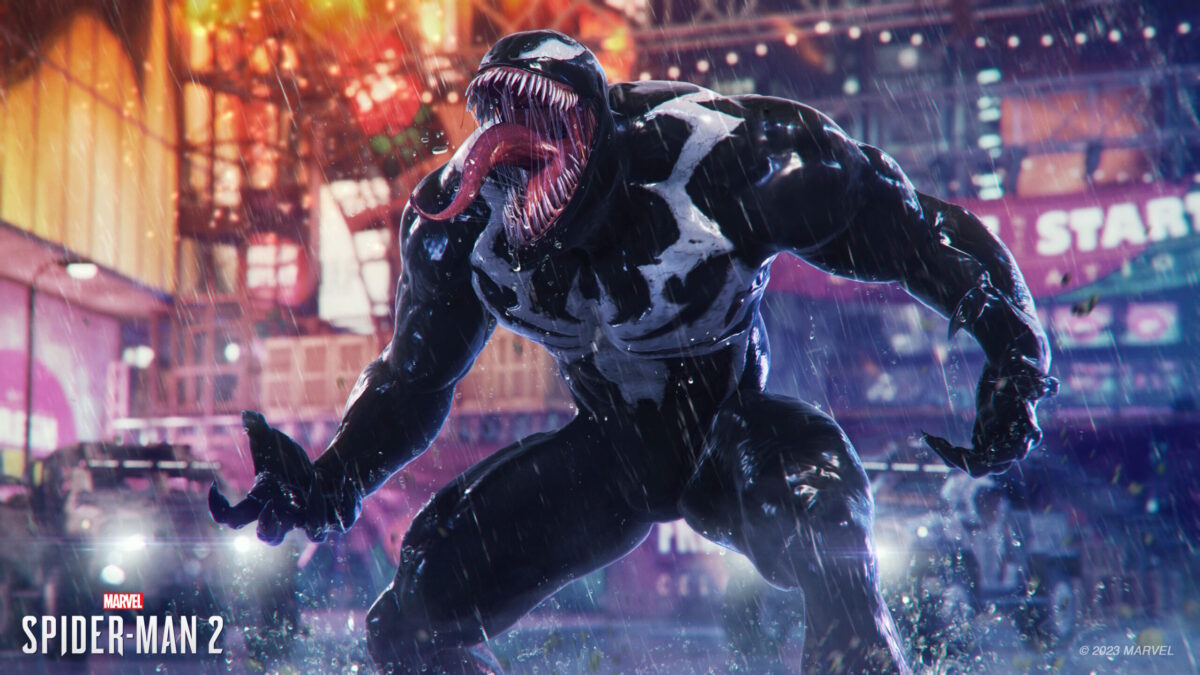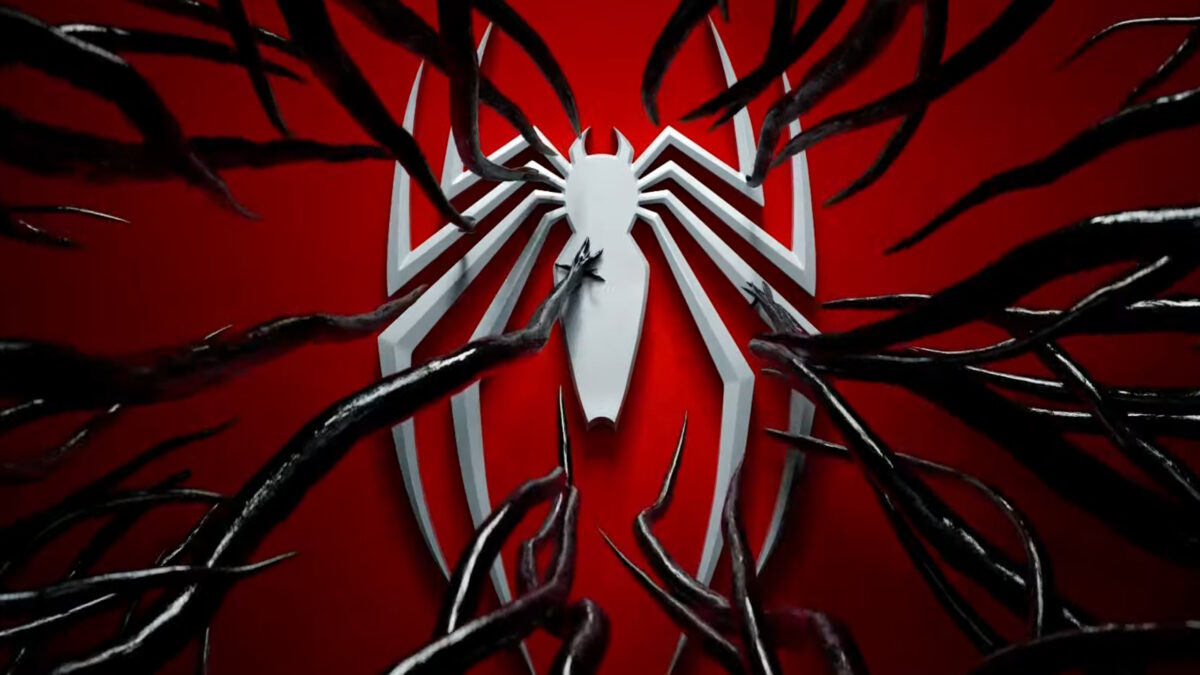[anyclip-media thumbnail=”undefined” playlistId=”undefined” content=”PHNjcmlwdCBzcmM9Imh0dHBzOi8vcGxheWVyLnBvcHRvay5jb20vYW55Y2xpcC13aWRnZXQvbHJlLXdpZGdldC9wcm9kL3YxL3NyYy9scmUuanMiIGRhdGEtYXI9IjE2OjkiIHB1Ym5hbWU9IjE5OTgiIHdpZGdldG5hbWU9IjAwMTZNMDAwMDJVMEIxa1FBRl9NODMzNSI+Cjwvc2NyaXB0Pg==”][/anyclip-media]
Building on a single virtual world over years gives developers the freedom to pour their efforts elsewhere – side quests, characters, even the highways and byways of the world map. Yakuza-maker RGG Studios is a perfect example of this idea. Iterating on the city of Kamurocho for over a decade let them refine other important features – you know, like go-karting minigames and hostess bar management. So it is for Marvel’s Spider-Man 2, which takes us on a web-swinging tour through a familiar New York when it launches for PS5, albeit without go-karts and hostess bars.
The first Marvel’s Spider-Man, the Miles Morales spinoff, and even Spider-Man’s current-gen remaster were technically impressive, but they were also foundational. Putting the sequel in the same playspace meant the developers at Insomniac could go wider, create new districts, double down on smaller details, and make a better-realized version of the city that feels more alive and exciting.
A lot of the density is at street level. In a game where you spend most of your time swinging and gliding across the skyline, that means you probably won’t even pick up on a lot of these details as you’re playing. Like how you can see reflections within reflections between water and glass or how the sound of rain subtly changes to a quiet patter when you pass under an awning.

“The team wants to add as much as possible,” project director Jeannette Lee says. “We love the idea of putting stuff for people to find everywhere. And so, we spend time on our pedestrians and traffic, and things like adding suspension to the car. I think they even drift now when you do a car chase.”
Sure, that sounds like a small change on paper. Once you’ve punched a perp into a white van and see it rock on its suspension from the impact, it all makes spectacular sense. These deft touches anchor you in the world – and someone else’s head to the side door – and make it feel more realistic.
When you do stop slinging silk for a while and take a walk through the New York streets, a cacophony of chatting, arguments, shouts, and the sounds of daily life wash over you. Rather than recording 20 script reads that play on a loop, Insomniac created a modular system that takes pieces of dialogue and blends them into each other to make new ambient dialogue on the fly.
“They’re assembled in real-time from different things people could talk about,” core tech director Mike Fitzgerald explains. “Are they going to agree or disagree? Are they angry? Are they happy?”
All of these small details together make the city hum with life, Insomniac went the extra mile to make it realistic. The team took photos and videos of New York City and place them side by side with the same in-game location, studied the differences, and created a list of things they could do to add authenticity.
“One of them was the interiors of the buildings – to try and give more depth and variety,” Fitzgerald says. “We came up with a neat trick that was able to get us real 3D interior spaces with people working at their desks or doing yoga on the floor.”

Head out onto the water and you can swing and web wing between the boats, catching wind tunnels and perch on riverboats to soak it all in.
“They’re listening to music and chilling out and you get a little tour of the East River,” Fitzgerald says.
Build up speed and you can spring from the top of sailboat masts and skid on the water’s surface. If you’re not moving fast, you’ll plop in and swim, but there’s always a boat close by to get you going again. Go fast enough and you can spread the new web wings to glide across to the next island.
“We had this concept of expanding the city,” Lee says. “So we were like, ‘It would be cool if you could go across the river with the wingsuit’. It was a back-and-forth of making sure that there were enough traversal toys across the river to make sure it felt fun, that you wanted to do it, and that it didn’t feel like a chore. I think we nailed that.”
Of course, the web wings added a whole other challenge to the game. You could already swing pretty quickly through the city in the first game, but Marvel’s Spider-Man 2’s traversal is a shot of nitrous. Add on to that how high the player can get, their field of view potentially stretching across the entire metropolis, and it’s a miracle that there’s no visible texture pop-in.
“We have a whole cascade of different systems that come together to try and preserve detail up close,” Fitzgerald explains. “The mid-distance gives you that sense of the same detail without losing anything, and then at the far distance, trying and convince your brain that it’s still seeing the same high-detail stuff that far away. All those different systems and ways of rendering need to transition into each other smoothly.

“There’s no magic trick to that – it was a lot of time and effort spent just making sure we have consistency in our asset development so that they all break down correctly to the right levels of detail, that our texture streaming knew how to prioritize the things that are close to so that you never see low detail textures. And just trying to, you know, knock out every little air conditioning unit on a roof that disappeared at the wrong time.”
It’s an impressive achievement when you consider how many smaller-scale, slower-paced games have suffered from texture-loading issues – especially when you consider that the web wings allow players to get high above the buildings that work as natural blockers to view distance.
“You’d be horrified if you saw what the game looked like six or nine months ago,” Fitzgerald says with a laugh. “It requires a lot of confidence and faith in your team and your advanced planning that it is going to come together. But that’s what it is right? You’re building this massive thing. And it’s not to say it looks terrible all the time. Every bit of work that goes in, you get excited about, even though the textures on this are all wrong. You have to look through all that and know that you get to tie it all up.”
Insomniac earned its identity as one of the most technically able teams in the industry long ago, and Spider-Man 2 further strengthens that reputation. Marvel’s Spider-Man 2 supports ray-traced reflections across fidelity and performance modes on PS5. There’s 4K resolution to 60fps and even variable refresh rates if your monitor or TV can handle it. No matter which you choose, it looks slick.
The PS5 launched just three years ago, but Insomniac has, somehow, published four games for the console in that short time. Having development kits early thanks to living under the PlayStation Studios umbrella paid off in terms of getting the team used to the tech, and it probably goes a long way toward explaining why Marvel’s Spider-Man 2 is significantly ahead of what any other studios managed to do with ray tracing on consoles.

“Part of it is just knowing it was important for our game – for New York – and knowing that the investment in that tech would pay off both visually in the feeling and it gives you being in that space,” Fitzgerald says. “It always pained me whenever I saw a screenshot someone posted online [of Marvel’s Spider-Man] where the ray tracing was off. I’m always like, ‘I don’t want it to look that way. It’s supposed to look the other way!’ For this game, to be able to put our foot down and say, ‘No, we’re not going to do that mode, we’re going to have ray-tracing on for 30fps and 60fps, and we can hit it for launch, and we feel confident – that was great.”
If all of that sounds like a big undertaking, wait until you’re wearing one of the new costumes. As well as showing off better muscle deformation in the suits and giving characters better hair – Miles Morales in particular has a tight trim – some of the costumes also come with capes. Or, as Fitzgerald calls them, “F***ing capes”.
“That’s one that came together towards the end, but they’re pretty fun,” he continues. “There’s some cutscenes in the game where Spider-Man lowers himself down, upside down. With a cape on, it’s gonna look a little silly – there’s just this cape hanging through the middle. And so trying to figure out the right ways to make them behave correctly, especially when your character moves insanely fast through the environment and twists around all the time and, and all that kind of stuff, [was hard].
All of these are lessons Insomniac can take into its future games. If you look at Ratchet and Clank, you can see how that game helped the team figure out how to work with ray tracing and particle effects. Any lessons learned in Marvel’s Spider-Man 2 could make their way into the upcoming Wolverine game down the line.
“Yes, I’m certain some parts of Spider-Man 2 will find their way into future games,” Fitzgerald teases. “And I’m not sure we even know what they are yet.”
Written by Kirk McKeand and Josh Broadwell on behalf of GLHF

